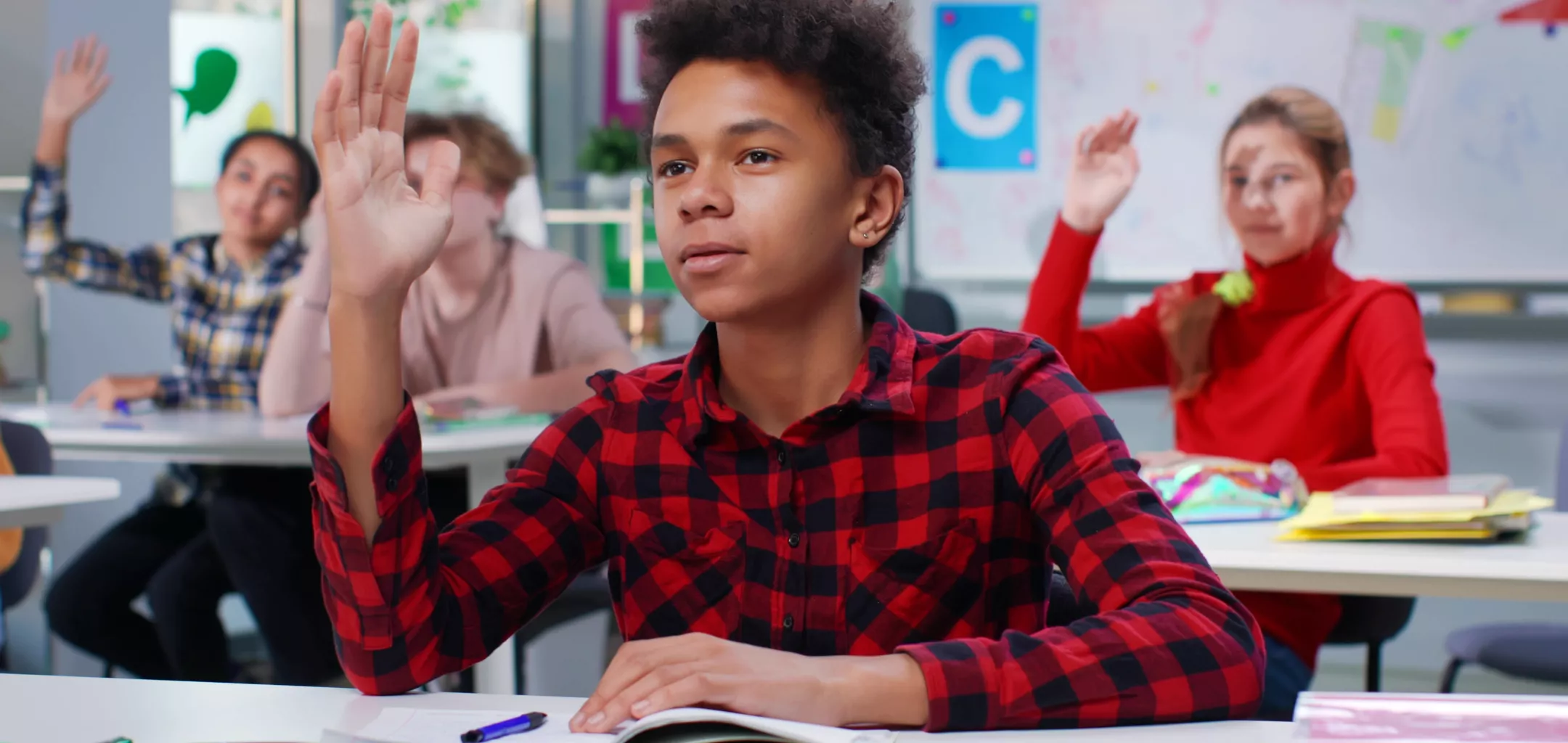Tailored Support: Crafting Flexible Accommodations for Students Recovering from Brain Injuries
3 Mins


It is necessary that accommodations for students with brain injuries come in many shapes and sizes. There is an adage in the brain injury community that says, “If you’ve seen one brain injury, you’ve seen one brain injury.” That is as true for students with brain injuries as it is for adults with brain injuries.
As a result, there is no “one size fits all” accommodation, or set of accommodations, that works in all cases for all students. In fact, just the opposite is true. If accommodation is going to be successful, the accommodation must be flexible enough to address many different types of challenges.
While the accommodation may take various forms, there are similarities in the way that symptoms present themselves in students with brain injuries. In most cases where a student with a concussion is returning to school, they need to be evaluated in the following areas:
- Environment / Classroom settings
- Method of instruction issues
- Processing delays by the student
- Organizational skills
- Curriculum issues
- Visual spatial deficits
- Attention issues
- Behavioral needs
- Memory deficits
- Gross motor / mobility difficulties
- Assistive technology needs
- Fine motor difficulties
- Physical activity and athletics, and
- Other additional considerations
We, at CBIRT, have been working for decades to develop appropriate responses and accommodation for students with concussions who exhibit challenges in the domains listed above. Accommodation options are based on the best evidence and peer reviewed studies.
Let’s look at potential accommodation for one of the areas: Environment and Classroom settings. Often, the actual physical layout of the classroom can be challenging for a student recovering from a concussion. Lights can be too bright, noises can be overwhelming and even painful to endure, and the length of time that the student is required to be in the classroom can be daunting. Remember, the student’s brain is healing, and can’t tolerate the things that were no big deal before the concussion.
So, here we go. Imagine that a student recovering from a concussion returns to school and the classroom environment is a problem for them. It’s too bright, it’s too noisy, it’s too chaotic, and as a result, the student’s headaches are exacerbated, the student is easily fatigued, and they can’t finish their work. Here are some possible ways the student can be accommodated:
- Post the classroom rules
- Post a daily schedule
- Give the student preferential seating
- Allow the student to change to another class
- Change the student’s schedule to address times that are better or worse for the student
- Accommodate for the length of the school day
- Provide frequent breaks
- Provide a quiet workplace
- Maintain a consistent schedule
- Eliminate visual, auditory, and olfactory distractions
Again, not every student recovering from a concussion will need every accommodation, but by providing the student and the teacher with a list of possible accommodations, it becomes much easier for the student to participate in the school day.
Next Time
The law of investments adds a bit of guidance to the question: Why should we accommodate students with concussions? If we invest a little to ensure that the student recovers from their concussion, we reap huge benefits down the road.

